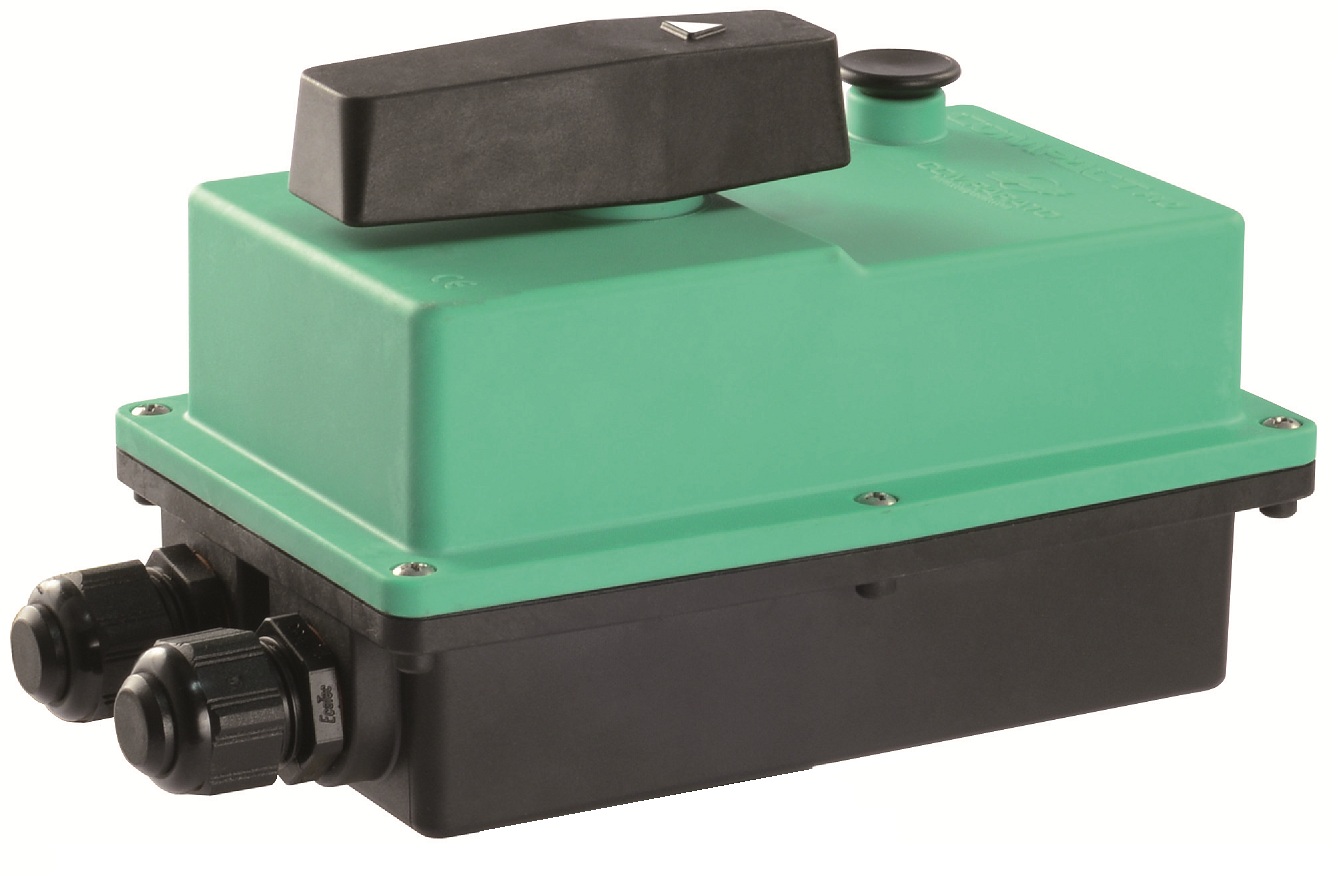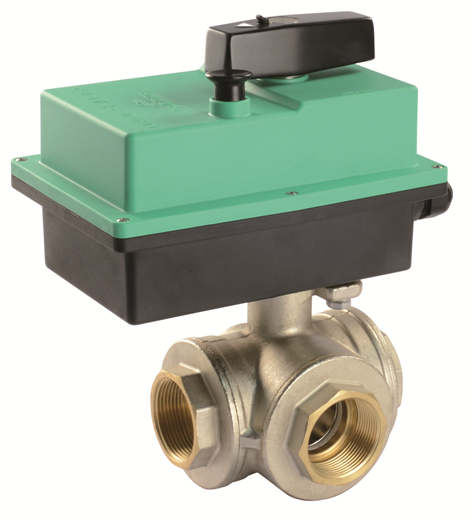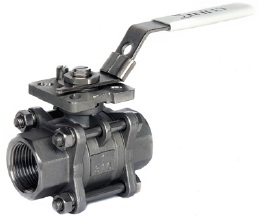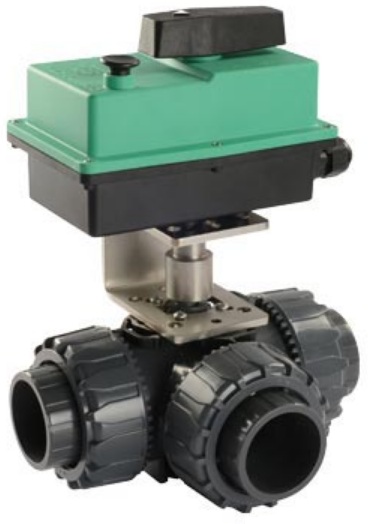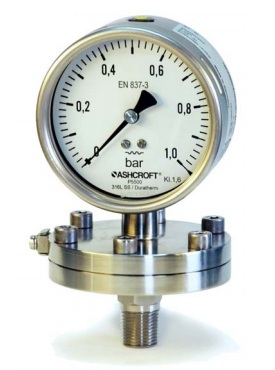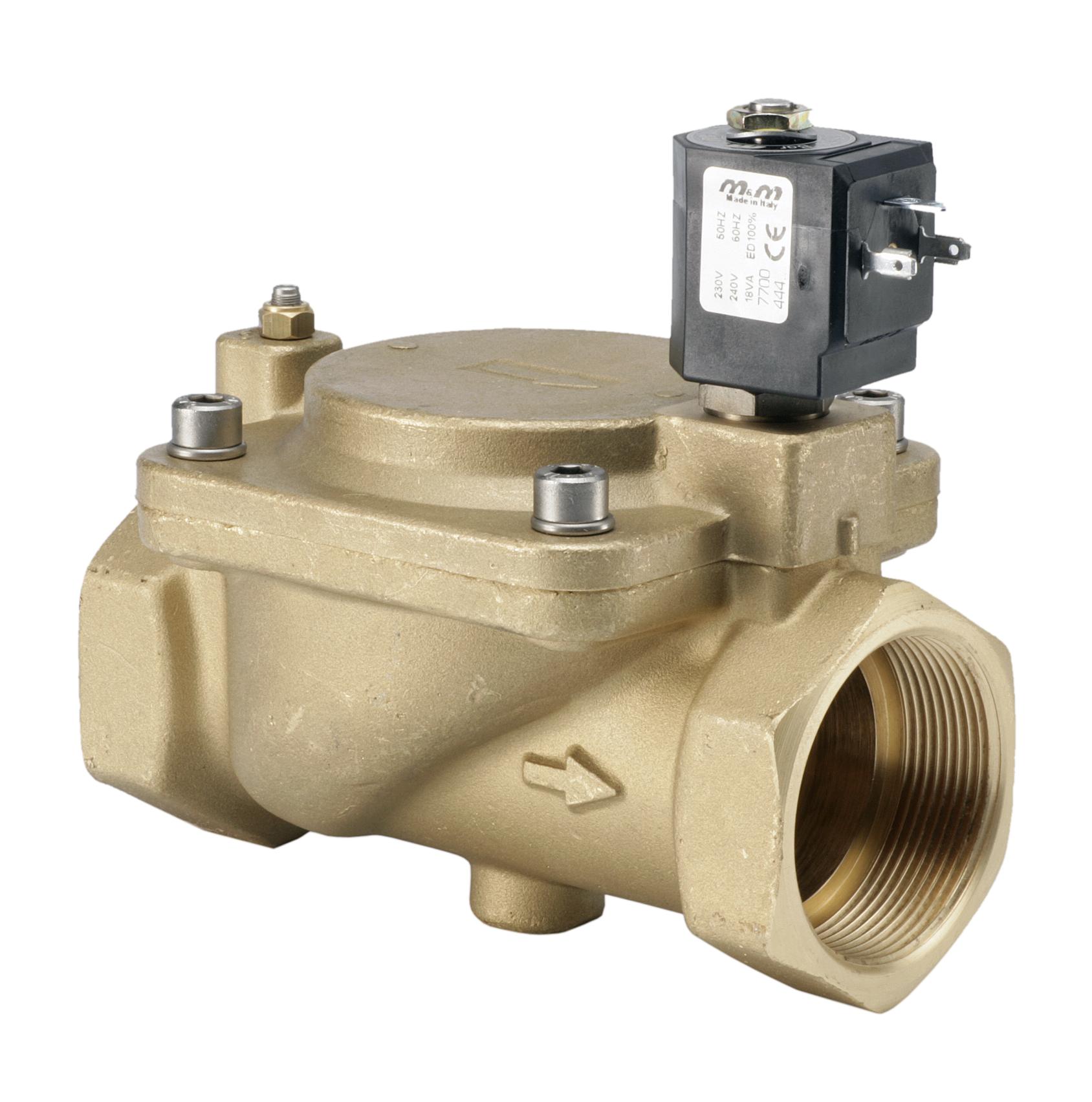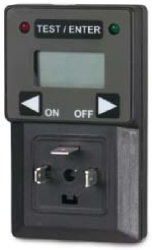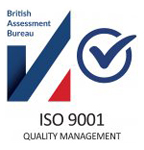Solenoid Valves - Installation, Maintenance and Problem Solving
Solenoid valves are robust and reliable and, if installed and maintained correctly, can provide many years service.
In this blog post we will look at steps that can be taken to help extend the life of your solenoid valve and keep it operating at optimal performance. We will also look at how to identify, resolve and prevent issues that may occur with solenoid valves.
Installation
Before installing a solenoid valve into a system consider the following points.
Check that the voltage supply matches the allowed voltage of the solenoid coil. This can be found on the label on the side of the coil.
Make sure that the pressure of the media that is to pass through the solenoid valve does not exceed the maximum pressure rating of the valve. Pilot operated solenoid valves and assisted lift solenoid valves also have a minimum pressure rating which must be met for the valve to function correctly. The pressure rating of the valve can be found on the I.D. disc located at the top of the armature tube, and is usually measured in bar.
Ensure that the media is compatible with both the construction material of the valve and the seal material.
Check that the media and ambient temperatures are within the minimum and maximum temperature rating of the solenoid valve. The effect on these temperatures caused by connected or nearby equipment should also be considered before installation.
The solenoid valve should be installed with the inlet port (usually marked as port 1) connected to the upstream flow and the outlet port (usually marked as port 2) connected to downstream. Some solenoid valves will also be marked with an arrow on the body indicating the direction the media should flow.
Ideally the solenoid valve should be installed with the armature tube pointing upwards. This should reduce the risk of any sediment in the media falling into the tube and restricting the movement of the armature.
If the media contains sediment or particles a filter should be fitted upstream of the solenoid valve to prevent contamination of the valve’s components. Impurities entering the valve may damage the internal components and cause the valve to malfunction.
Maintenance
Maintenance of your solenoid valve is vital to ensure that it continues to operate at an optimal level. Regular inspections of the valve’s components should be carried out to check for wear.
To inspect the valve’s components isolate the valve from voltage and fluid. Remove the top nut, I.D plate, coil and armature tube. Check for sediment, debris or corrosion inside the tube and valve body. Check that the armature/spring assembly moves freely inside the tube. Inspect the seals and o-rings for contamination or wear.
For pilot operated and assisted lift solenoid valves also remove the upper valve body and check the diaphragm for debris, tears or deformation.
It should be possible to clean away small amounts of debris as long as care is taken not to damage the components further.
Damaged or worn components should be replaced.
Problem Solving and Failure Prevention
Coil Failure
Solenoid coil failure can be caused by a number of factors.
Applying an incorrect voltage to the coil will cause it to fail and may cause the coil to burn out. Electrical surges or spikes may also damage the coil. Burnt out coils cannot be repaired and will need to be replaced. Always check that the electrical supply matches the voltage and frequency of the coil as shown on the coil’s label. Incorporating electrical surge protection into the system is also advised.
Contact with water or other liquids can also damage the coil and cause it to fail. If fitted with a suitable DIN connector the coil has an Ingress Protection rating of 65 but if the valve is to be situated outside or in damp conditions suitable protection should be used. Certain solenoid valves are fitted with armature tube o-rings which help to prevent water ingress between the coil and armature tube. These should be inspected regularly and if damaged or worn should be replaced.
Sediment or other particles entering the valve may cause coil failure. If the particles are allowed into the armature tube, they may restrict the movement of the armature. The coil will continue to attempt to move the armature but, because of the restriction, will eventually overheat. To prevent impurities entering the valve an upstream filter should be fitted into the system. Installing the valve with the coil and armature positioned vertically is also recommended as this reduces the risk of sediment falling into the tube.
Burnt out or damaged solenoid coils should be replaced.
V-Flow Solutions sister company M&M International UK Ltd can offer a wide range of replacement solenoid coils.
You can view the range of coils here.
Valve Failure
Valve failure can be avoided if the valve is installed and maintained correctly and is operated within the limits of the specifications.
Identifying the root cause of a failure can be difficult as a number of factors may be involved but the following can be used as a guide.
Exceeding the pressure rating of the solenoid valve can cause damage to the valve components. Tears in the diaphragm are usually an indication of over pressure. In extreme cases excessive pressure can cause damage to the valve body and armature tube assembly. Pilot operated and assisted lift valves also have a minimum pressure rating that needs to be met for the valve to function.
Deformation of diaphragms, seals and o-rings can be caused by either the media temperature or the ambient temperature being outside the specified temperature range of the valve. Discolouration of components may also indicate that the temperature rating has been exceeded.
Sediment or particles entering the valve can affect the operation of the valve. Contamination of seals and diaphragms in this way may result in the valve not being able to close completely. If a valve is leaking it is an indication that impurities or foreign bodies are preventing the valve form sealing correctly. Contamination can also block orifices leading to valve failure.
Corrosion of the metal components of a solenoid valve or degradation of seals and diaphragm may be caused by a compatibility issue with the media and valve/seal materials. Impurities in the media can also lead to this type of failure.
Other points to consider when identifying the cause of a valve failure
- The solenoid valve is connected in the correct direction – inlet port is connected upstream and the outlet port is connected downstream, or look for an arrow on the valve body indicating the direction of flow.
- The supply voltage matches that shown on the solenoid coil (within 10%) and the coil is functioning correctly.
- If using pilot-operated valves or assisted-lift valves check that you don’t have vacuum downstream of the valve (you cannot ‘suck’ through pilot-operated solenoid valves).
- That you don’t have any back pressure (downstream pressure greater than upstream pressure).
More information on installation and maintenance of solenoid valves can be found in the instruction booklet provided with the valve or you can read it in the section below.
If you require further information or advice please contact us.
Email: sales@v-flowsolutions.co.uk or Phone: 01234 855888
You can view the V-Flow Solutions home page here
You can view tutorial videos on solenoid valve maintenance at the M&M International website here.
Cautions, Installation and Maintenance of Solenoid Valves
Cautions
- This product will contain fluid under pressure. Improper use could be dangerous and damage people and things. This product is not a safety device and must not be used as a sole device to prevent the over-pressure of some parts of the plant or the containment of dangerous fluids.
- Read carefully the manufacturer’s instructions before installation, start-up and maintenance.
- Check for the operating conditions on the product label and on the technical documents (pressure, temperature, fluid, electrical supply) before installation, start-up and maintenance.
- Respect the flow direction indicated with an arrow on the valve body: the flow is from port 1 for 2-way valves and from port 2 for 3-way valves. Valves with an arrow printed on the body can work only in that direction.
- Before disconnecting or disassembling the valve, make sure that there is no pressure inside the tubing or inside the valve itself.
- Use only original spare part supplied by the manufacturer.
- Do no exceed the limits of pressure, temperature and voltage given by the manufacturer and shown on the product label and on the technical documents.
- Do not remove labels from either the valve or coil.
- Check for compatibility between the fluid and the material of the valve before installation and startup. In case of doubt, please contact the manufacturer.
- Always connect the coils earth terminal to ground. Do not use the tubes for the transport of fluids to ground electrical devices.
- Valve must be supported only by the provided connections, where unforseen. Tubes must not transmit static load or vibrations to the valve. Do not use the valve as a support for other equipment or fittings.
- The fixing holes, where provided, or anything else on the valve body must not be modified.
- Whilst tightening or unscrewing the valve must be held or revolved only and exclusively by the hexagon on the frameset. The use of other components such as a coil, armature or cover could cause irreparable damage to the valve.
- Care should be taken to prevent foreign bodies – dirt or material chips – from entering the valve during the assembly phase. In those installations where impurities or deposit of various type may infiltrate the fluid, the installation of a suitable filter is recommended.
- Use suitable seal material on the valve threads. In the installations where liquid cement is used, it is important to prevent them from entering the valve and block the movement.
- Do not shut the holes of pilot operated solenoid valve circuit.
- The coil should not be energised before being installed on the valve or without the armature assembly inside since this could cause it to burn out or break.
Installation
- Read carefully the manufacturer’s instructions before installation and start-up.
- Follow the manufacturer’s instruction before installation and start-up.
- The valve can operate in any position. The vertical installation (with upside coil) is highly recommended to avoid any impurity fall into the obturator and to extend the life of the valve.
- A coil can be rotated on its axis by loosening the coil nut and tightening it again (at 4 N/m for valves with brass armature tube and at 7 N/m for valves with stainless steel armature tube) once the coil has been rotated to the most suitable position.
- The coil temperature normally increase during operation (this is a normal condition). Irregular overheating will cause smoke and smell of burning. In this case the power supply must be immediately stopped.
- Install the valve far from sources of heat and in environments where the heat produced by the coil can be easily dissipated.
- It is important to respect the flow direction, the pressure and the technical data on the label.
Maintenance
- Refer to figure 1 (Direct acting solenoid valve) and figure 2 (Pilot operated solenoid valve) to disassemble the internal components of the valve.
- Clean the internal parts disassembling the valve (figure 1 and 2); Remove dirt and dust and then reassemble all the components.
- When purchasing spare parts, ALWAYS mention the model and the code of the valve (indicate on the valve plate) and the date code (mentioned on the coil label).
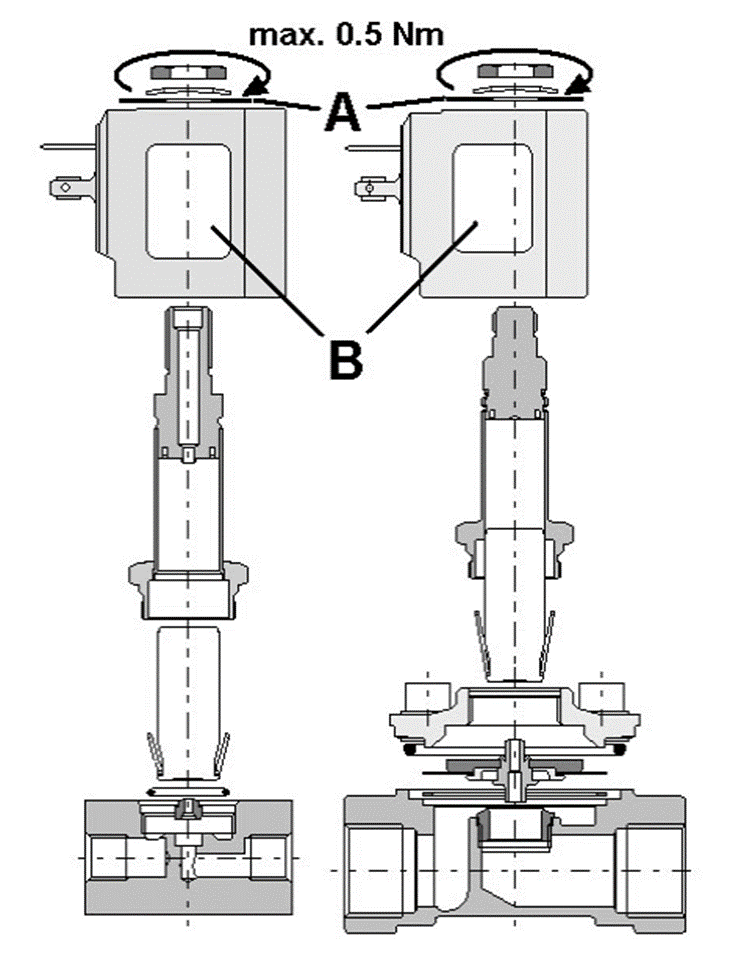
If you found this blog helpful you may also like:





